Music is an art form whose medium is sound and silence. Common elements of music are pitch (which governs melody and harmony), rhythm (and its associated concepts tempo, meter, and articulation), dynamics, and the sonic qualities of timbre and texture. The word derives from Greek μουσική (mousike; "art of the Muses").
To many people in many cultures, music is an important part of their way of life. Greek philosophers and ancient Indian philosophers defined music as tones ordered horizontally as melodies and vertically as harmonies. Common sayings such as "the harmony of the spheres" and "it is music to my ears" point to the notion that music is often ordered and pleasant to listen to. However, 20th-century composer John Cage thought that any sound can be music, saying, for example, "There is no noise, only sound." Musicologist Jean-Jacques Nattiez summarizes the relativist, post-modern viewpoint: "The border between music and noise is always culturally defined—which implies that, even within a single society, this border does not always pass through the same place; in short, there is rarely a consensus ... By all accounts there is no single and intercultural universal concept defining what music might be."
Prehistoric music can only be theorized based on findings from paleolithic archaeology sites. Flutes are often discovered, carved from bones in which lateral holes have been pierced; these are thought to have been blown at one end like the Japanese shakuhachi. The Divje Babe flute, carved from a cave bear femur, is thought to be at least 40,000 years old. Instruments, such as the seven-holed flute and various types of stringed instruments have been recovered from the Indus Valley Civilization archaeological sites. India has one of the oldest musical traditions in the world—references to Indian classical music (marga) can be found in the ancient scriptures of the Hindu tradition, the Vedas. The earliest and largest collection of prehistoric musical instruments was found in China and dates back to between 7000 and 6600 BC. The Hurrian song, found on clay tablets that date back to the approximately 1400 BC, is the oldest surviving notated work of music.
Music and theatre scholars studying the history and anthropology of Semitic and early Judeo-Christian culture, have also discovered common links between theatrical and musical activity in the classical cultures of the Hebrews with those of the later cultures of the Greeks and Romans. The common area of performance is found in a "social phenomenon called litany," a form of prayer consisting of a series of invocations or supplications. The Journal of Religion and Theatre notes that among the earliest forms of litany, "Hebrew litany was accompanied by a rich musical tradition:"
Music was an important part of cultural and social life in Ancient Greece: mixed-gender choruses performed for entertainment, celebration and spiritual ceremonies; musicians and singers had a prominent role in ancient Greek theater.
The music of Greece was a major part of ancient Greek theater. In Ancient Greece, mixed-gender choruses performed for entertainment, celebration and spiritual reasons. Instruments included the double-reed aulos and the plucked string instrument, the lyre, especially the special kind called a kithara. Music was an important part of education in ancient Greece, and boys were taught music starting at age six. Greek musical literacy created a flowering of development; Greek music theory included the Greek musical modes, eventually became the basis for Western religious music and classical music. Later, influences from the Roman Empire, Eastern Europe and the Byzantine Empire changed Greek music.
During the Medieval music era (500–1400), the only European repertory that survives from before about 800 is the monophonic liturgical plainsong of the Roman Catholic Church, the central tradition of which was called Gregorian chant. Alongside these traditions of sacred and church music there existed a vibrant tradition of secular song. Examples of composers from this period are Léonin, Pérotin and Guillaume de Machaut. From the Renaissance music era (1400–1600), much of the surviving music of 14th century Europe is secular. By the middle of the 15th century, composers and singers used a smooth polyphony for sacred musical compositions. The introduction of commercial printing helped to disseminate musical styles more quickly and across a larger area. Prominent composers from this era are Giovanni Pierluigi da Palestrina, Thomas Morley and Orlande de Lassus. The era of Baroque music (1600–1750) began when the first operas were written and when contrapuntal music became prevalent. German Baroque composers wrote for small ensembles including strings, brass, and woodwinds, as well as choirs, pipe organ, harpsichord, and clavichord. During the Baroque period, several major music forms were defined that lasted into later periods when they were expanded and evolved further, including the fugue, the invention, the sonata, and the concerto. Composers from the Baroque era include Johann Sebastian Bach, George Frideric Handel and Georg Philipp Telemann. The music of the Classical period (1750–1800) is characterized by homophonic texture, often featuring a prominent melody with accompaniment. These new melodies tended to be almost voice-like and singable. The now popular instrumental music was dominated by further evolution of musical forms initially defined in the Baroque period: the sonata, and the concerto, with the addition of the new form, the symphony. Joseph Haydn and Wolfgang Amadeus Mozart are among the central figures of the Classical period. In 1800, the Romantic era (1800–1890s) in music developed, with Ludwig van Beethoven and Franz Schubert as transitional composers who introduced a more dramatic, expressive style. During this era, existing genres, forms, and functions of music were developed, and the emotional and expressive qualities of music came to take precedence over technique and tradition. In Beethoven's case, motifs (developed organically) came to replace melody as the most significant compositional unit. The late 19th century saw a dramatic expansion in the size of the orchestra, and in the role of concerts as part of urban society. Later Romantic composers such as Pyotr Ilyich Tchaikovsky and Gustav Mahler created complex and often much longer musical works. They used more complex chords and used more dissonance to create dramatic tension.
To many people in many cultures, music is an important part of their way of life. Greek philosophers and ancient Indian philosophers defined music as tones ordered horizontally as melodies and vertically as harmonies. Common sayings such as "the harmony of the spheres" and "it is music to my ears" point to the notion that music is often ordered and pleasant to listen to. However, 20th-century composer John Cage thought that any sound can be music, saying, for example, "There is no noise, only sound." Musicologist Jean-Jacques Nattiez summarizes the relativist, post-modern viewpoint: "The border between music and noise is always culturally defined—which implies that, even within a single society, this border does not always pass through the same place; in short, there is rarely a consensus ... By all accounts there is no single and intercultural universal concept defining what music might be."
Prehistoric music can only be theorized based on findings from paleolithic archaeology sites. Flutes are often discovered, carved from bones in which lateral holes have been pierced; these are thought to have been blown at one end like the Japanese shakuhachi. The Divje Babe flute, carved from a cave bear femur, is thought to be at least 40,000 years old. Instruments, such as the seven-holed flute and various types of stringed instruments have been recovered from the Indus Valley Civilization archaeological sites. India has one of the oldest musical traditions in the world—references to Indian classical music (marga) can be found in the ancient scriptures of the Hindu tradition, the Vedas. The earliest and largest collection of prehistoric musical instruments was found in China and dates back to between 7000 and 6600 BC. The Hurrian song, found on clay tablets that date back to the approximately 1400 BC, is the oldest surviving notated work of music.
 Guitar Chord Diagrams, | 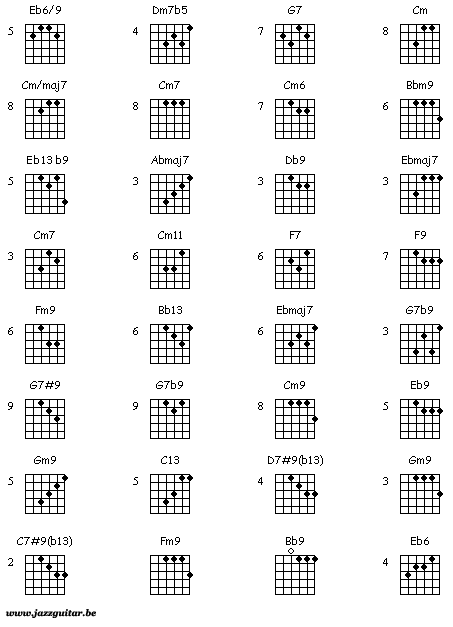 And here are the guitar tabs |  Basic Chord Chart |  Free Guitar Chord Chart at |  Tab Diagram |
 Guitar Tab | 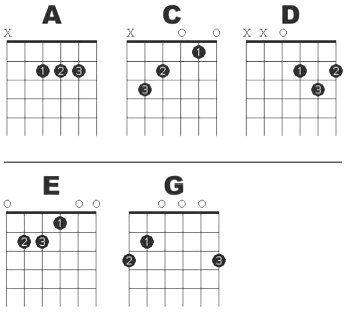 Here is a diagram of the most |  The guitar is one of the most |  to read guitar tabs first make | 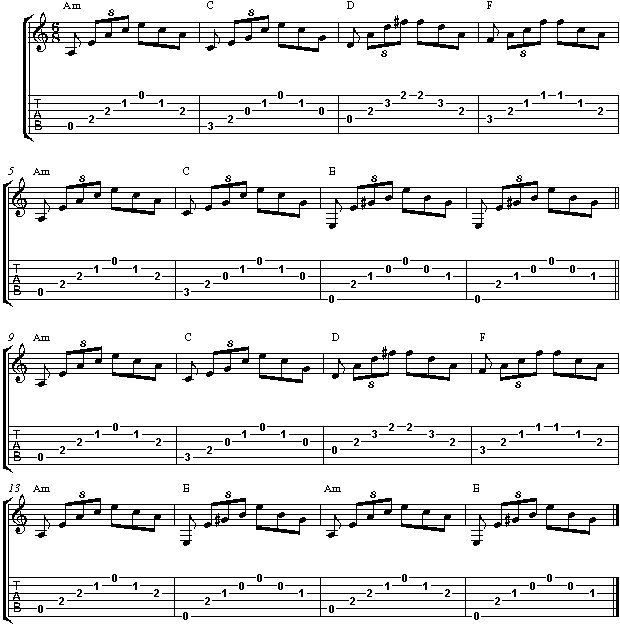 music with guitar tabs: |
The music of Greece was a major part of ancient Greek theater. In Ancient Greece, mixed-gender choruses performed for entertainment, celebration and spiritual reasons. Instruments included the double-reed aulos and the plucked string instrument, the lyre, especially the special kind called a kithara. Music was an important part of education in ancient Greece, and boys were taught music starting at age six. Greek musical literacy created a flowering of development; Greek music theory included the Greek musical modes, eventually became the basis for Western religious music and classical music. Later, influences from the Roman Empire, Eastern Europe and the Byzantine Empire changed Greek music.
 Guitar Fingerboard Chart | Return to Top | 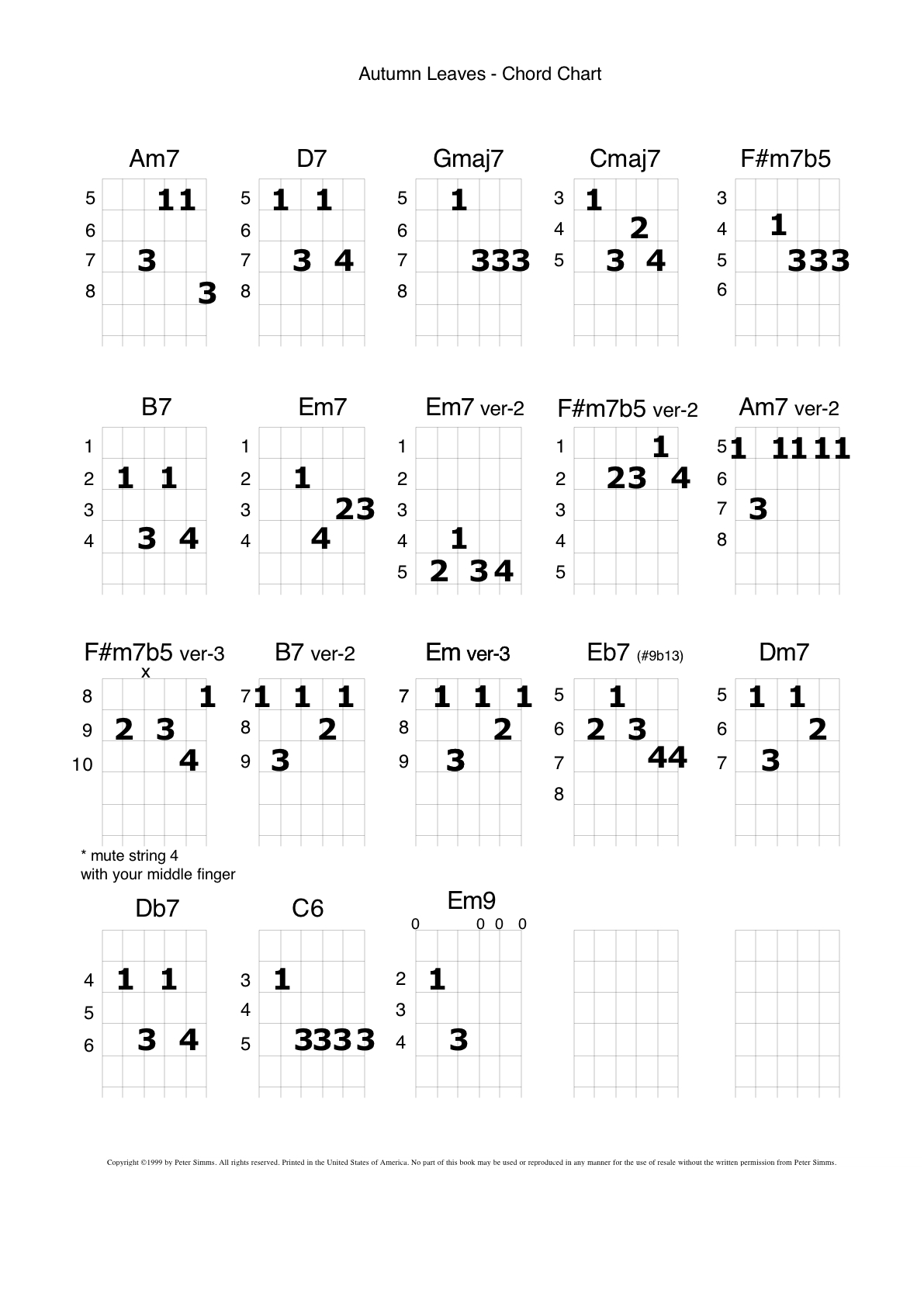 #2 Chord Diagram (these are |  The Guitar Chord Charts: |  Guitar power chords chart |
 Easy To Use Guitar Tab Chart | 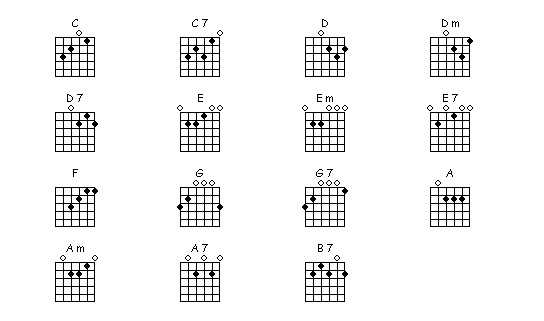 Blank Guitar Chord Chart |  guitar chord chart |  Guitar TAB help |  guitar tabs diagram |
No comments:
Post a Comment